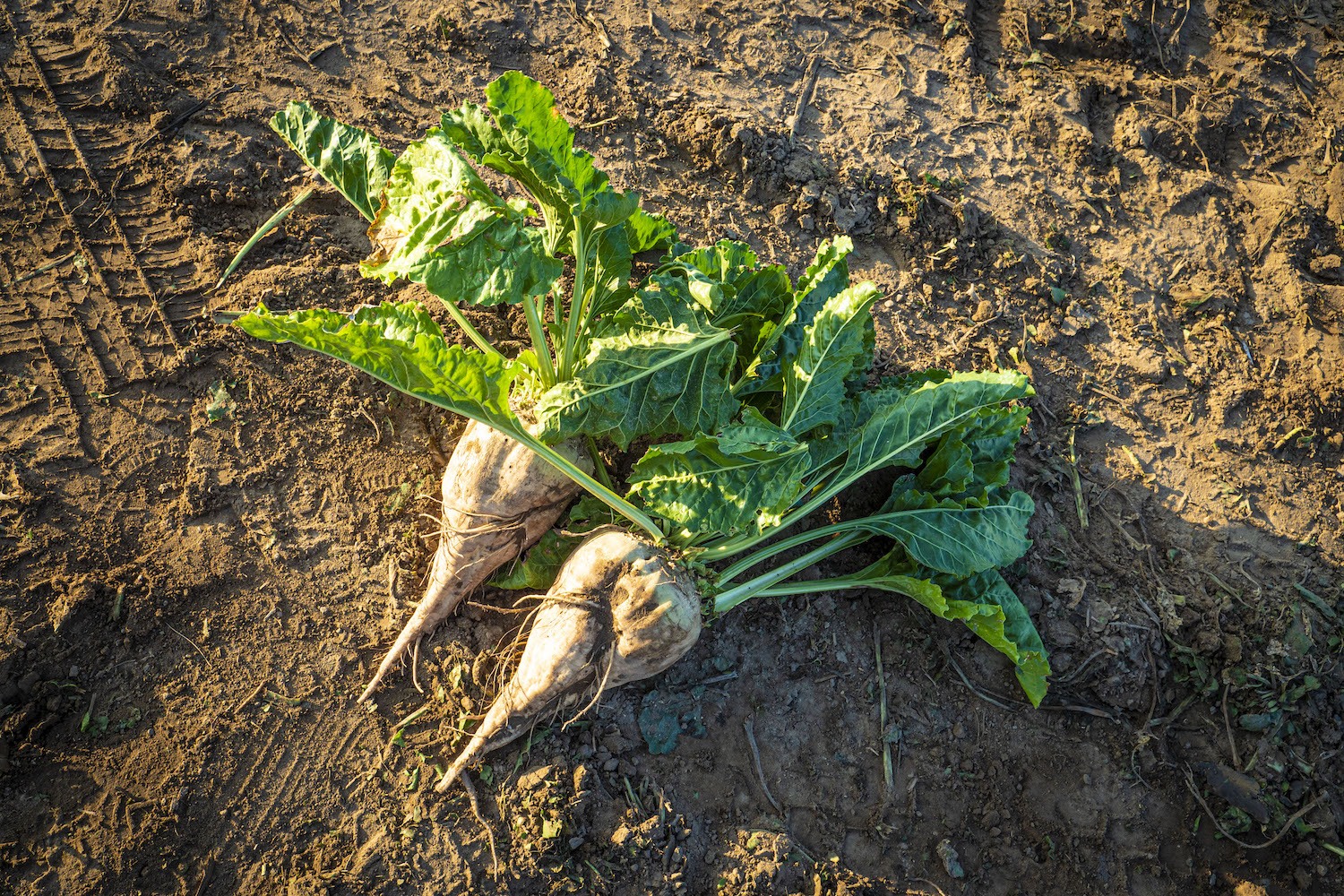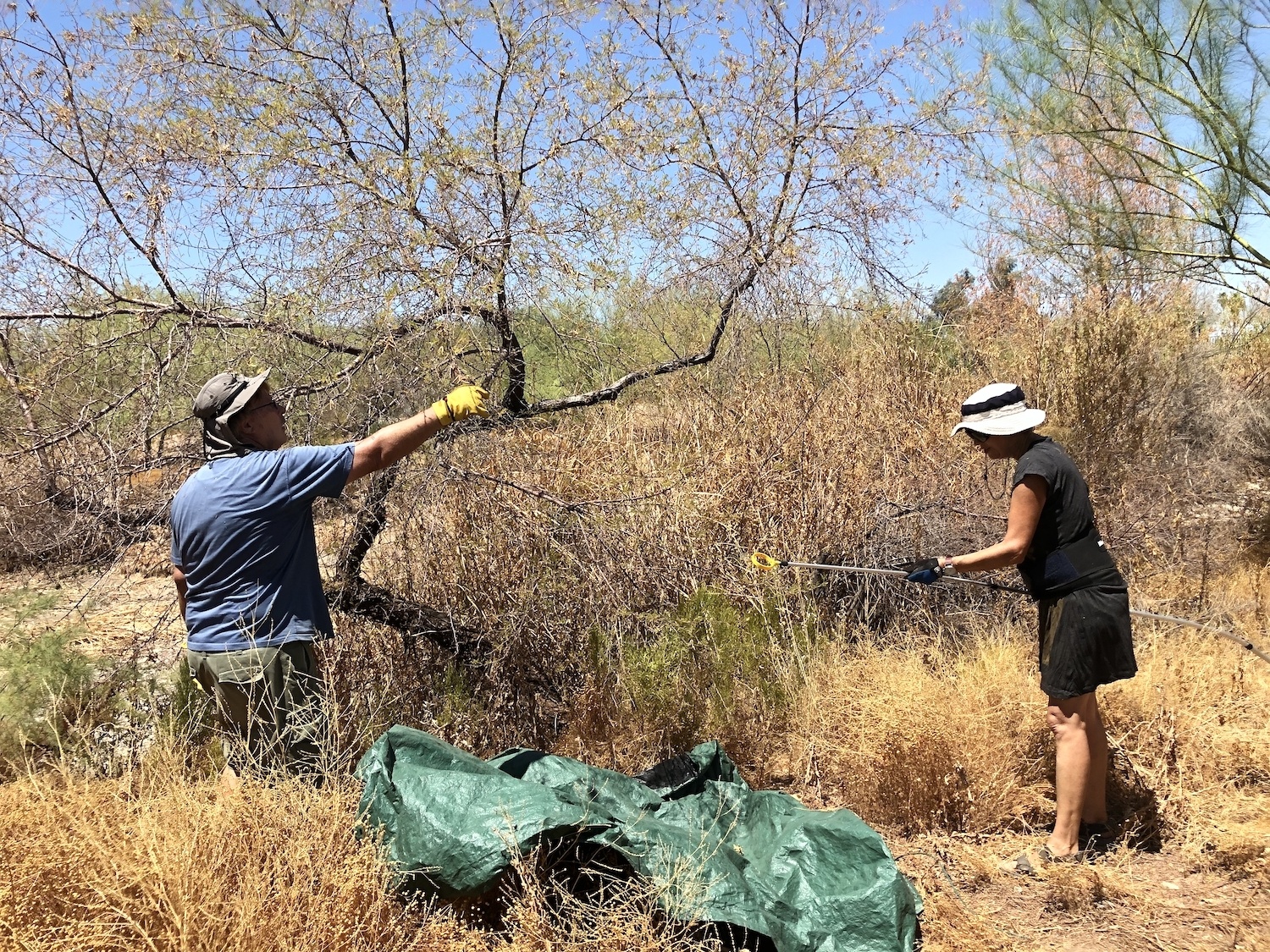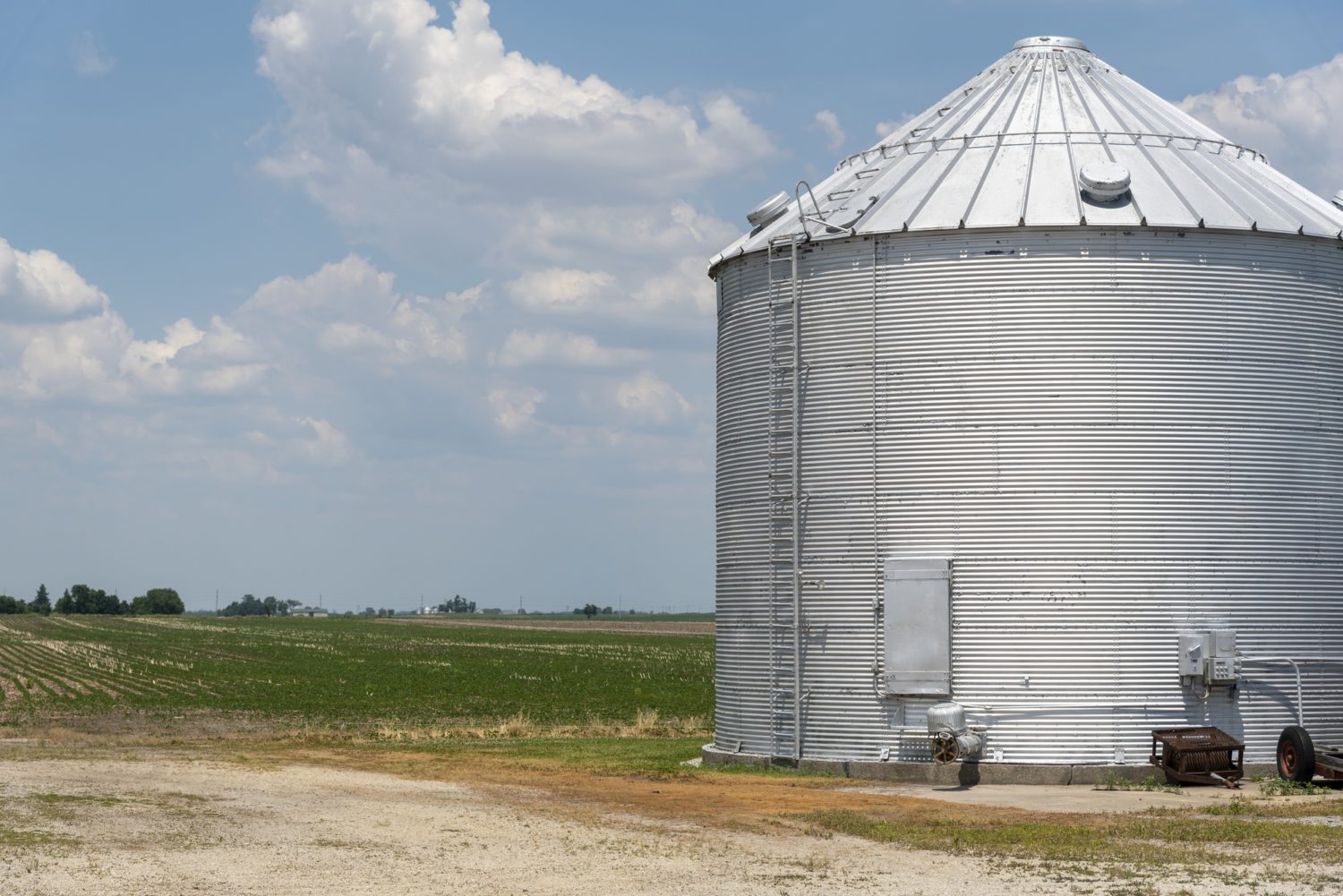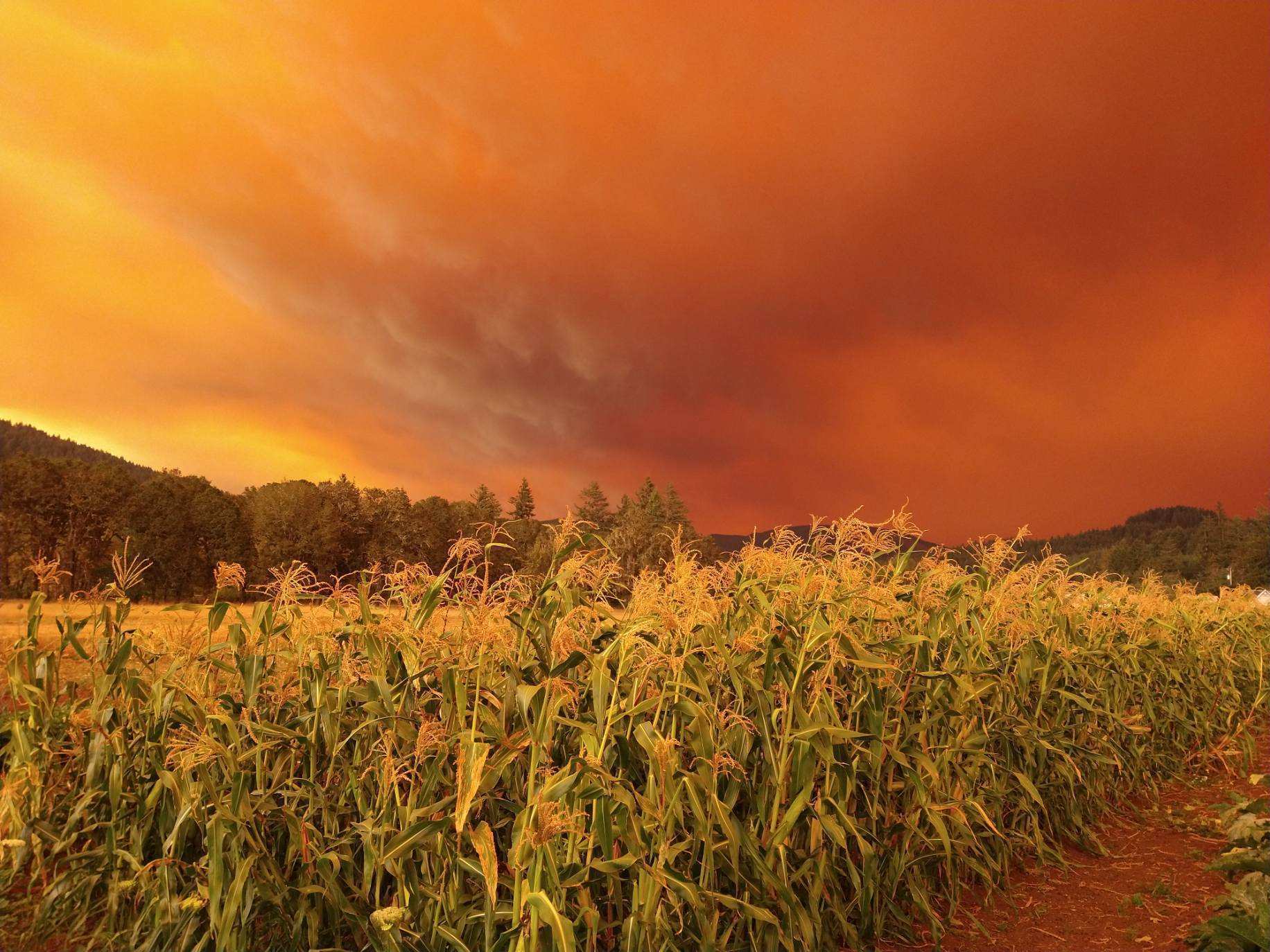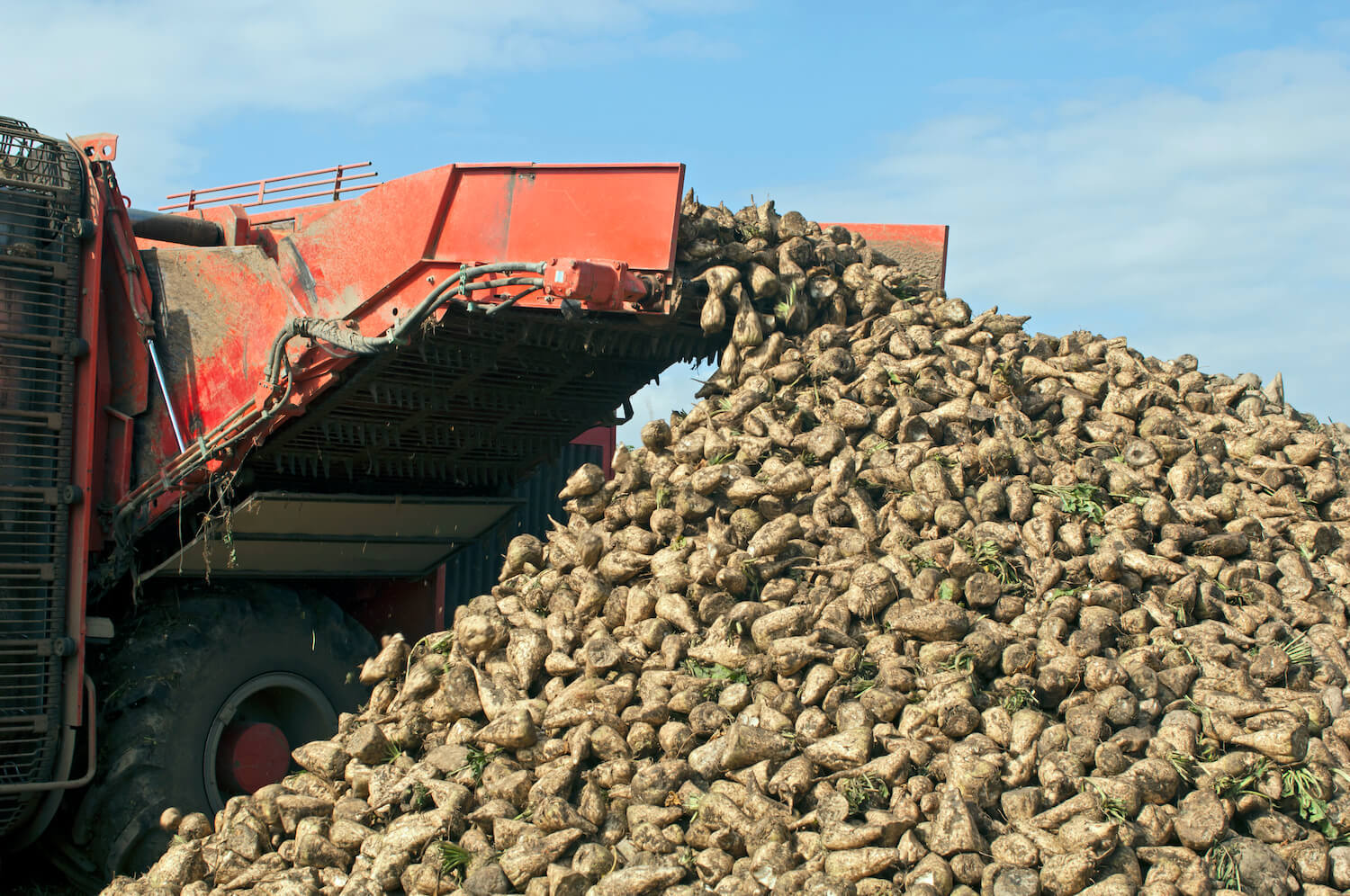
iStock / Josef Mohyla
Harvest decisions depend on the weather, but accurate long-term forecasts are another casualty of the pandemic.
October is always a busy month for Rhonda Hergenrider. On her 700-acre farm in south-central Montana, 15 miles north of the Wyoming border, it’s sugar beet harvest season. She, her father, a hired helper, and her sister—a schoolteacher who helps on weekends—typically work 16- to 18-hour days for two to three weeks, using a defoliator to lop off the beets’ leafy green tops, then a harvester to pull the vegetables out of the ground. As with any harvest, timing is key, and weather is a wild card: Wet or frigid conditions make harvesting difficult, while warm temperatures can spoil harvested beets.
And this year, weather predictions are more precarious than usual, because of COVID-19. To create forecasts, meteorologists look to weather models fueled in part by temperature, pressure and humidity readings collected by commercial flights. But as the coronavirus pandemic swept the globe in early 2020, travel ground to a halt: In March, air traffic was cut by 75% to 80%, leaving meteorologists with just a fraction of their usual data, and, by September, many airlines were still operating less than half their pre-pandemic flights. Fewer readings mean that experts have an incomplete picture of what’s happening in our skies, resulting in murkier forecasts for farmers.
“The smallest error in data compounds itself over time.”
While weather models also use data from weather balloons, ground-based sensors and satellite images, flights fill in important gaps. That’s especially true in what Don Day, a meteorologist in Cheyenne, Wyoming, calls “weather-data deserts,” like the skies above the Pacific Ocean. Because temperatures and storms that eventually hit the Western U.S. begin over the Pacific, transoceanic flights provide particularly valuable data for forecasters in the West. “If you don’t have good inputs over the oceans, you’re going to have weather forecasts that aren’t going to be as accurate,” Day said.
The problem is magnified for long-term forecasts. Typically, flight-collected data helps meteorologists estimate how weather patterns might evolve in the coming days. But the complex interactions between temperature and moisture in the upper atmosphere change quickly, so less frequent, more outdated readings mean worse predictions, especially for forecasts a week in advance.
“The smallest error in data compounds itself over time,” says Jeff Weber, a meteorologist at the University Corporation for Atmospheric Research, a nonprofit consortium of weather and climate experts. Today’s forecast might be off by just 3 degrees, for example, but that seemingly tiny difference could amount to an error of up to 7 degrees for a forecast 10 days later. Day, who has been forecasting weather for nearly 30 years, said that’s exactly what he has seen over the last few months: Longer-range forecasts — a week to 10 days in the future — are less accurate than usual. “One minute, the model will say one thing, and the next day, it says the opposite,” he said.
“They need to know seven, nine, 10 days ahead of time — with some certainty — that it’s worth the risk to harvest.”
Making sure those forecasts are as accurate as possible is hugely important for the agricultural industry, and sugar beet farmers in particular. Most sugar beets are purchased by sugar companies that turn them into granulated sugar, so farmers and sugar companies must consider not only the harvest itself, but also the length of time that beets sit in a pile, waiting to be processed. “If we take them out of the ground at too warm a temperature, they do not store as well in the pile,” Hergenrider said. “You want them to go into the pile at the optimal temperature, and that has everything to do with the temperature of the beet when it comes out of the ground.” Major temperature fluctuations after harvest are also a problem; last year, farmers in nearby northern Wyoming saw some of their crop spoil after an unexpected cold snap was followed by warm conditions that caused the beets to leak their juices.
Because weather can make or break the harvest, at least two sugar companies have hired Day to help them determine when farmers should harvest their sugar beets this year. It can be a gamble: If you harvest too early, temperatures might warm again, but if you harvest too late, the ground could freeze solid. “Telling them two days in advance that it’s going to be below 25 degrees doesn’t do them any good; they need to know seven, nine, 10 days (ahead of time) — with some certainty — that it’s worth the risk to harvest,” Day said.
For many growers, beets are their primary cash crop. “It’s where a lot of money comes from, so they are a big deal,” Hergenrider said. This year, there’s not much farmers can do besides hope for the best. If she gets word that bad weather is coming, Hergenrider said that her best plan of action is to just keep harvesting anyway. “You appreciate the fact that you have those early warnings,” she said, “but we’re all only human and (can) only do so much.”

